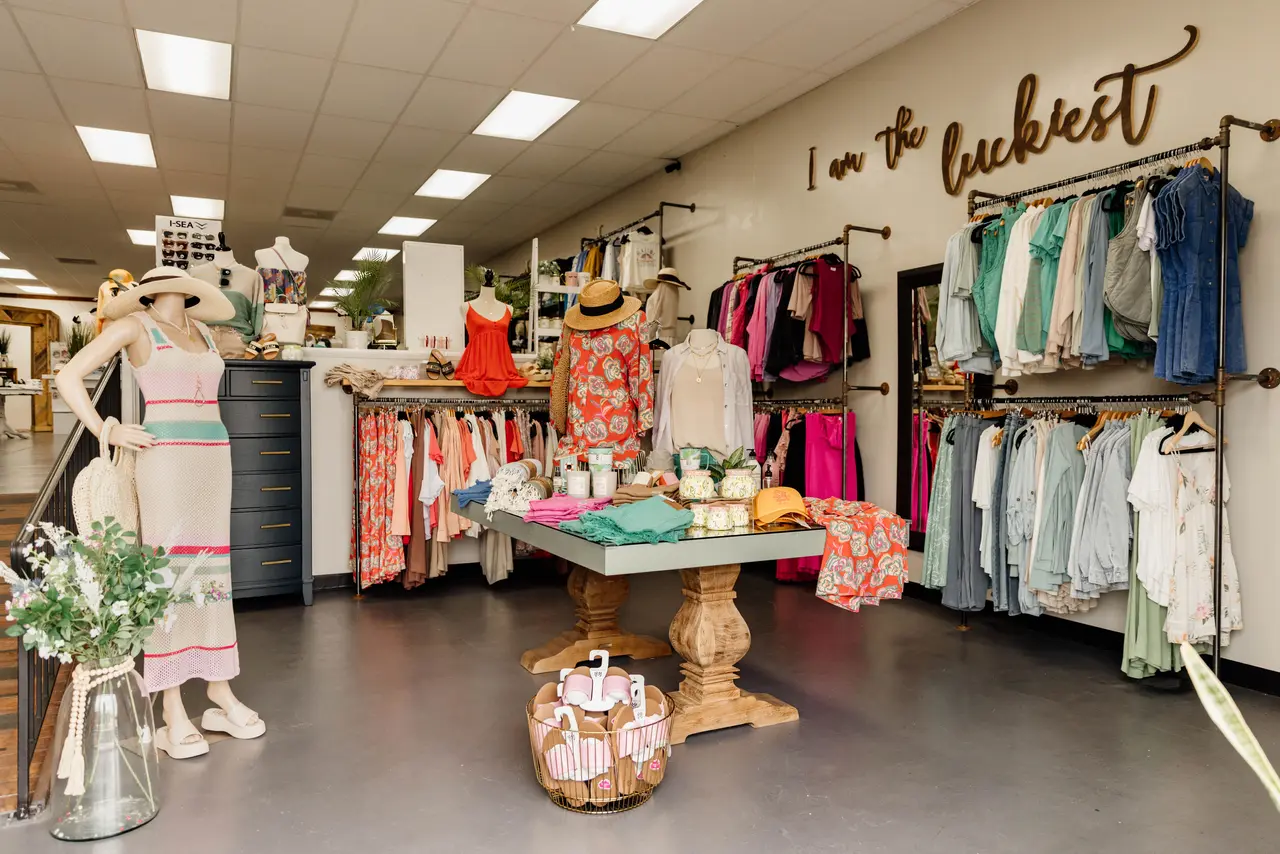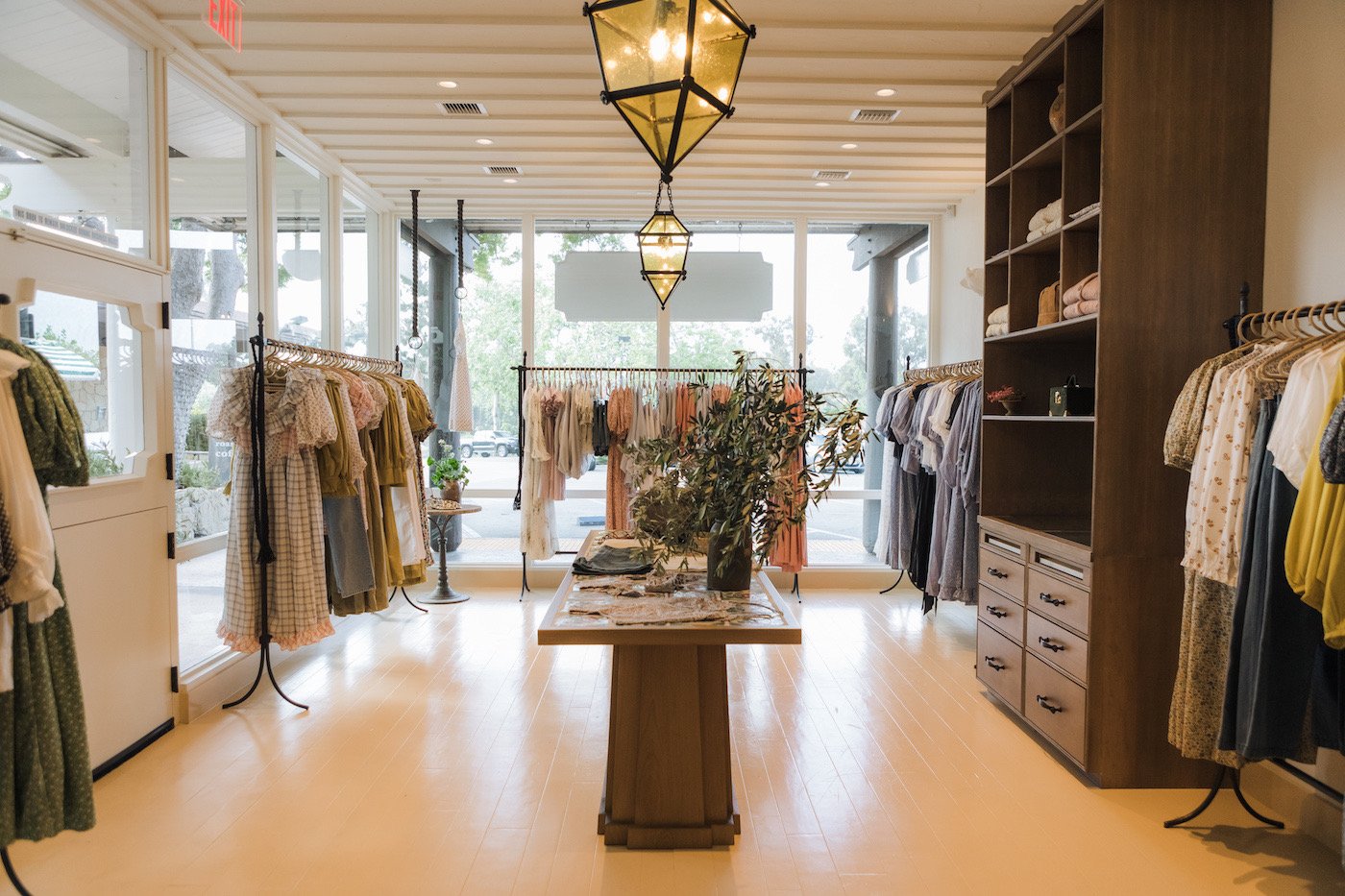A Newbie's Overview to Navigating the Boutique Fashion Scene
A Newbie's Overview to Navigating the Boutique Fashion Scene
Blog Article
A Deep Dive Into the World of High-Fashion Runways: Comprehending Clothing as Art
Designers, a lot like skillful artists, weave intricate narratives through fabric, shade, and kind, testing standard norms and redefining elegance criteria. As we check out these sartorial spectacles, we must contemplate: what role does fashion play in forming social worths, and just how does it mirror the ever-changing tapestry of human emotion and identity?
The Advancement of Runway Reveals
The trajectory of path shows has changed dramatically over the years, advancing from special sector events to captivating eyeglasses that mix style with art. Traditionally, runway shows made love events, held in ateliers or tiny places, mostly attended by buyers and industry experts. These early presentations focused on the garments' workmanship and industrial stability, using a direct and sensible screen of seasonal collections.
As the fashion sector expanded, the nature of runway shows started to transform. The 1970s and 1980s marked a transforming point, with designers looking for to differentiate themselves with even more staged discussions.
In the last few years, modern technology and social networks have actually additionally revolutionized runway shows, making them accessible to a global target market. Livestreaming and digital systems have actually equalized style, permitting fanatics worldwide to witness these occasions in real-time (boutique fashion). This evolution mirrors a wider social shift, where high-fashion runways offer as a vibrant junction of efficiency, development, and design
Designers as Dreamer Artists
Developers in the high-fashion industry have blurred the lines in between useful garment development and the conceptual realm of art. By accepting creative disciplines such as sculpture, paint, and progressive setups, designers craft garments that challenge conventional fashion norms and boost them to art types.
Visionary developers draw ideas from a myriad of sources, consisting of abstract art, historic referrals, and personal stories. They have an unique capacity to envision and appear concepts that push the limits of standard fashion, typically redefining aesthetic paradigms while doing so. This imaginative ingenuity is showcased through dramatic silhouettes, innovative products, and intricate workmanship, which welcome customers to experience style as more than simply wearable things.
Furthermore, the path functions as a canvas for these artists, where lighting, songs, and set design coalesce to create immersive experiences. These discussions are not simply displays of apparel but are coordinated performances that stimulate feeling and prompt thought, verifying the designer's duty as a true musician in the modern social landscape.
Cultural Influences in vogue
Social tapestry weaves its detailed patterns right into the fabric of style, influencing developers around the world. The dynamic interchange of social stories, practices, and symbols educates and inspires collections that elegance high-fashion runways. Developers meticulously attract from their heritage or involve with cultures distinctive from their own, crafting garments that act as visual stories. This cultural dialogue not just enriches the aesthetic variety but also promotes a deeper understanding and appreciation of worldwide identifications.
The impact of society on style is commonly seen in the reinterpretation of standard garments and her explanation patterns. For example, using Japanese kimonos, Indian saris, or African prints in modern style mirrors a mix of cultural credibility and modern aesthetics. Developers such as Valentino's Pierpaolo Piccioli and Alexander McQueen's Sarah Burton have been known to include abundant cultural concepts right into their couture collections, translating history into wearable art.

Innovation in Material and Design
Advancement in material and layout regularly reshapes the landscape of high-fashion, pushing limits and redefining opportunities. In recent times, technological developments have actually significantly added to this evolution, presenting materials that challenge standard perceptions. Textiles ingrained with clever fibers, qualified of transforming shade or controling temperature, are no longer confined to the world of scientific research fiction. Developers are progressively checking out the integration of technology, such as 3D printing, which permits the development of intricate structures that were previously unbelievable.
Moreover, sustainability has become a critical motif in textile development. The fashion business is observing a rise in the use of environment-friendly materials, originated from recycled plastics, natural fibers, and also naturally degradable components. These developments not just supply brand-new textures and aesthetic appeals but also address critical ecological worries. Designers are embracing these products to craft garments that are both visually striking and aware of their ecological footprint.
In terms of style, speculative forms browse around here and progressive silhouettes are continually reinventing the path. By incorporating unconventional materials and advanced techniques, developers grow garments that blur the line between style and art, setting new criteria for creative thinking and expression in the high-fashion round.
Impact of Fashion on Society
Fashion possesses an extensive impact on culture, offering as both a representation of social identity and a stimulant for social modification (boutique fashion). Through its development, fashion has actually mirrored social changes, enveloping the zeitgeist of numerous eras.
Additionally, style has the power to bridge social spaces, cultivating understanding and appreciation amongst varied teams. As globalisation increases, the cross-cultural exchange of fashion ideas comes to be significantly significant, promoting inclusivity and diversity. The surge of streetwear, stemming from urban subcultures, shows just how style can go beyond socio-economic boundaries, granting people a means of self-expression and empowerment.
Fundamentally, style is not simply regarding visual appeals; it is a vibrant force that affects values, attitudes, and societal development (boutique fashion). By continually engaging with social and cultural currents, fashion continues to be an indispensable part of the cumulative human experience

Conclusion
Developers, akin to visionary artists, coordinate collections that show identity, emotion, and social stories, testing standard looks. This intersection of fashion and artistry not only captivates target markets globally yet likewise affects societal assumptions and advertises a deeper appreciation for cultural variety.

Cultural tapestry weaves its elaborate patterns into the textile of fashion, influencing designers internationally.Fashion wields an extensive impact on society, offering as both a reflection of cultural identification and a stimulant for social change.
Report this page